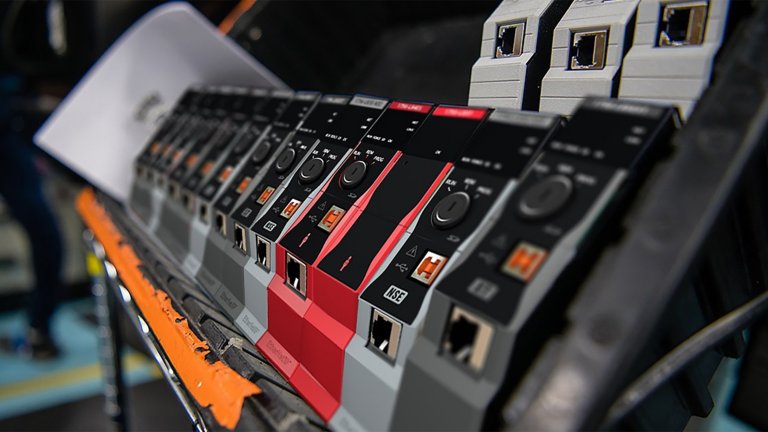From Polytron
For a manufacturer of drywall finishing products, using obsolete Allen‑Bradley® PLC-5® controllers on its production lines, was becoming a bigger risk as aging components began to fail more frequently, and spare part availability continued to dwindle. To combat these issues, the company worked with Rockwell Automation system integrator Polytron to implement a multisite obsolescence management program.
The firm upgraded obsolete PLC-5 controllers to new Allen‑Bradley ControlLogix® controllers and upgraded its outdated human-machine interface (HMI) and network infrastructure. The result was enhanced performance across the entire operation and lowered maintenance, repair, and operations (MRO) inventory and costs. See how they did it.
The Project
In 2020 and 2021, the COVID-19 pandemic caused many people to spend significantly more time at home. As a result, demand for home building materials skyrocketed as people sought to enhance their living spaces and new-home starts rapidly increased.
For one manufacturer of drywall finishing products, this surge in demand was a dream come true, except for the fact that increasing production quickly magnified obsolescence issues with their production lines. As their spare part stockpiles dwindled and it became increasingly difficult to get parts, the risks of not upgrading their obsolete hardware intensified.
With multiple manufacturing facilities requiring different levels of modernization, the company’s leaders set out to find an experienced integration partner to implement an obsolescence management program. The Polytron team had maintained a relationship with key contacts at this company after installing a few new lines at its facilities previously, so 8t asked for a proposal to perform these upgrades. We were eventually awarded the project and started by meeting with key stakeholders at the manufacturer’s facility in the metro Atlanta area to understand their concerns.


